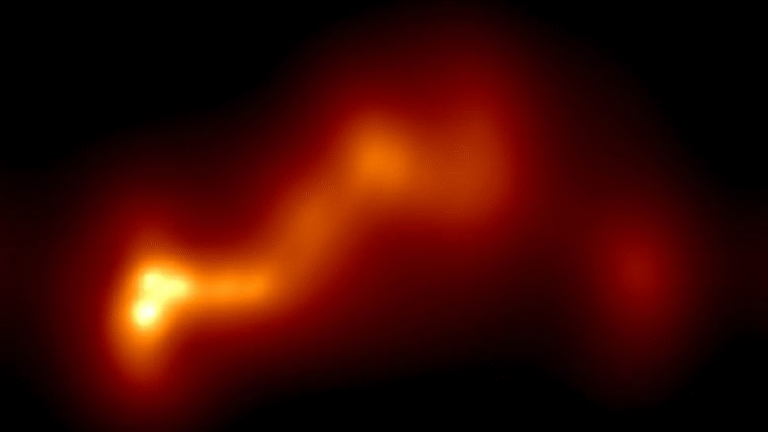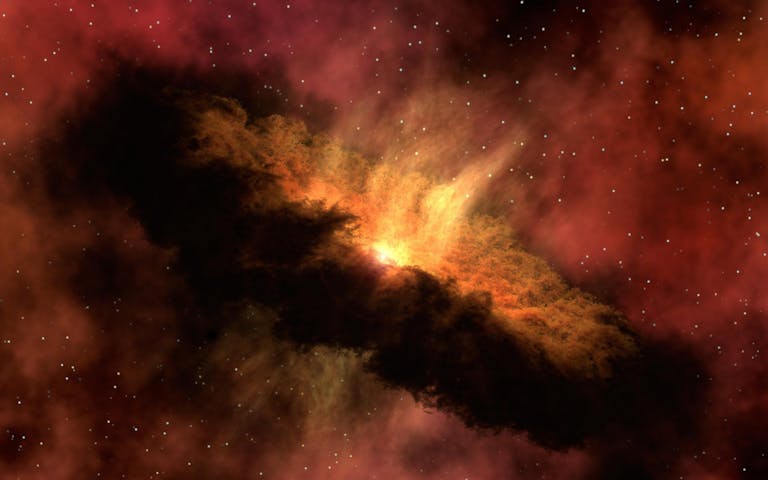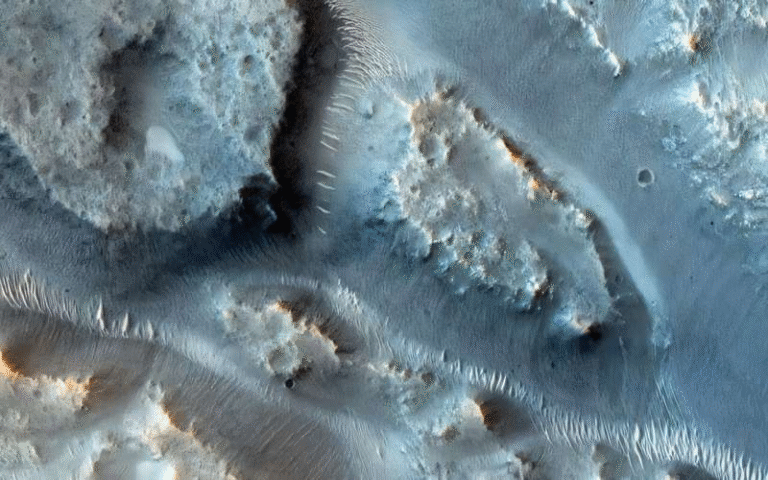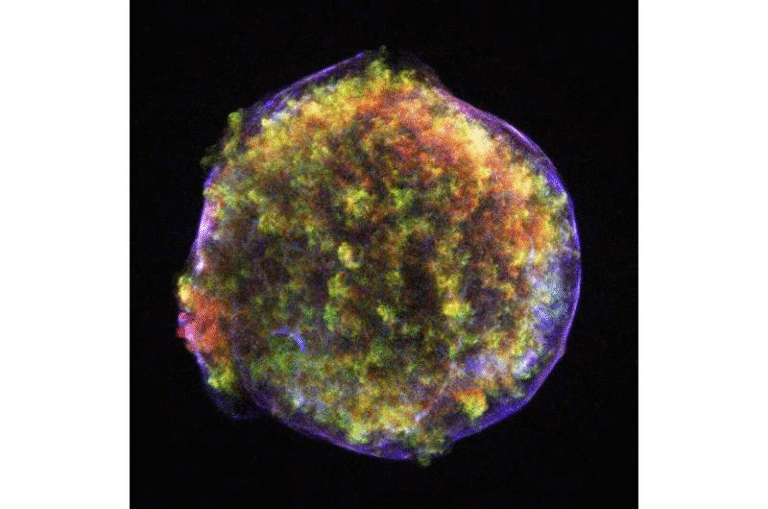Perseverance Rover Detects Organic-Rich Mudstones on Mars That Could Hold Signs of Ancient Life
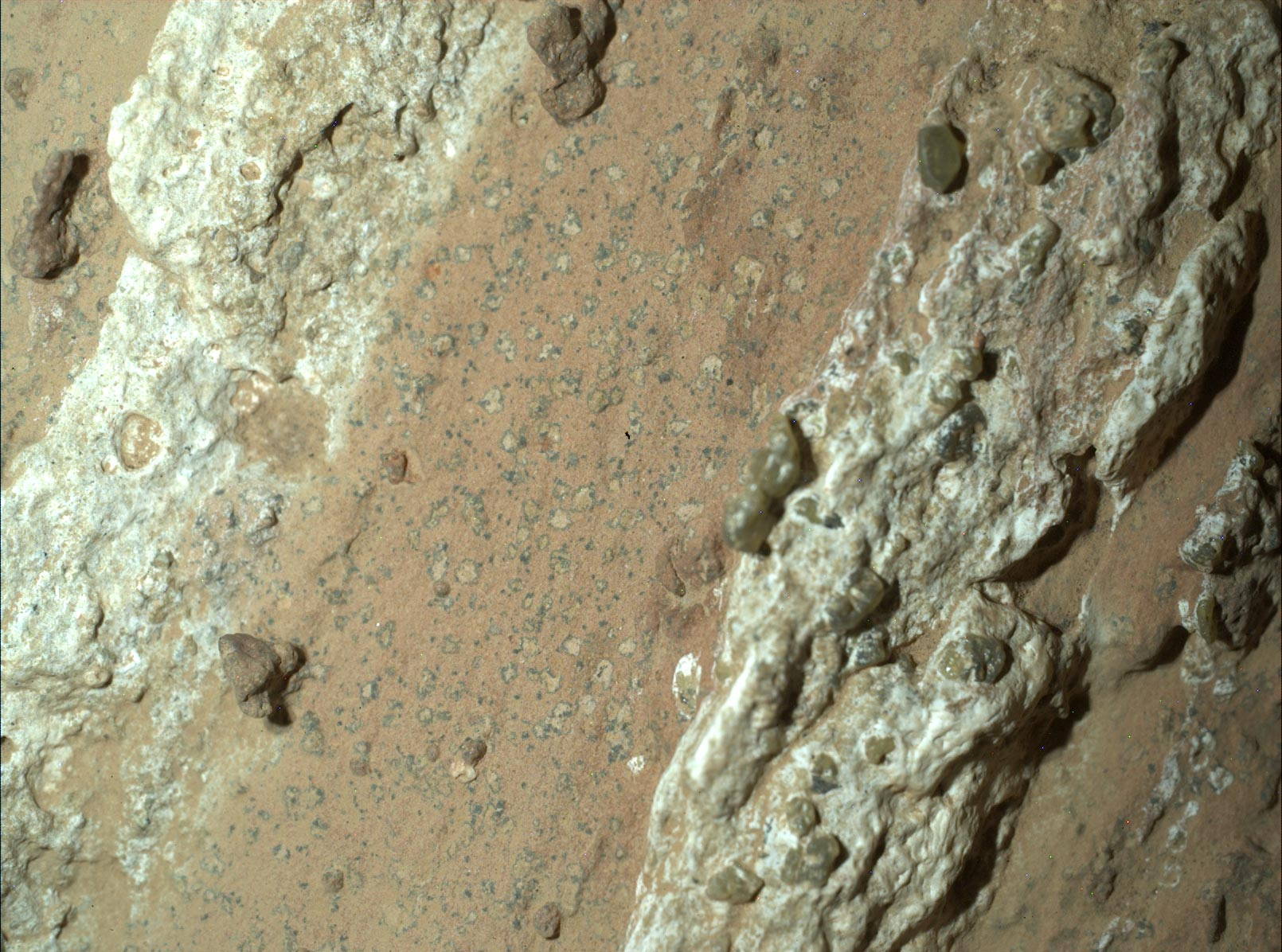
NASA’s Perseverance rover has made one of its most intriguing discoveries yet inside Jezero Crater, a site chosen for its history as an ancient river delta.
The rover has identified mudstones rich in organic carbon with strange mineral textures that may represent potential biosignatures—features that could have been influenced by microbial life long ago. While this is not confirmation of Martian life, the discovery adds significant weight to the idea that Mars may once have been habitable.
The Discovery in Jezero Crater
The rock at the center of attention is nicknamed “Cheyava Falls”, found within a region called the Bright Angel formation, located on the northern margin of Neretva Vallis. This ancient river once flowed into Jezero Crater billions of years ago. In July 2024, Perseverance drilled into Cheyava Falls and collected a core sample named “Sapphire Canyon” for further study.
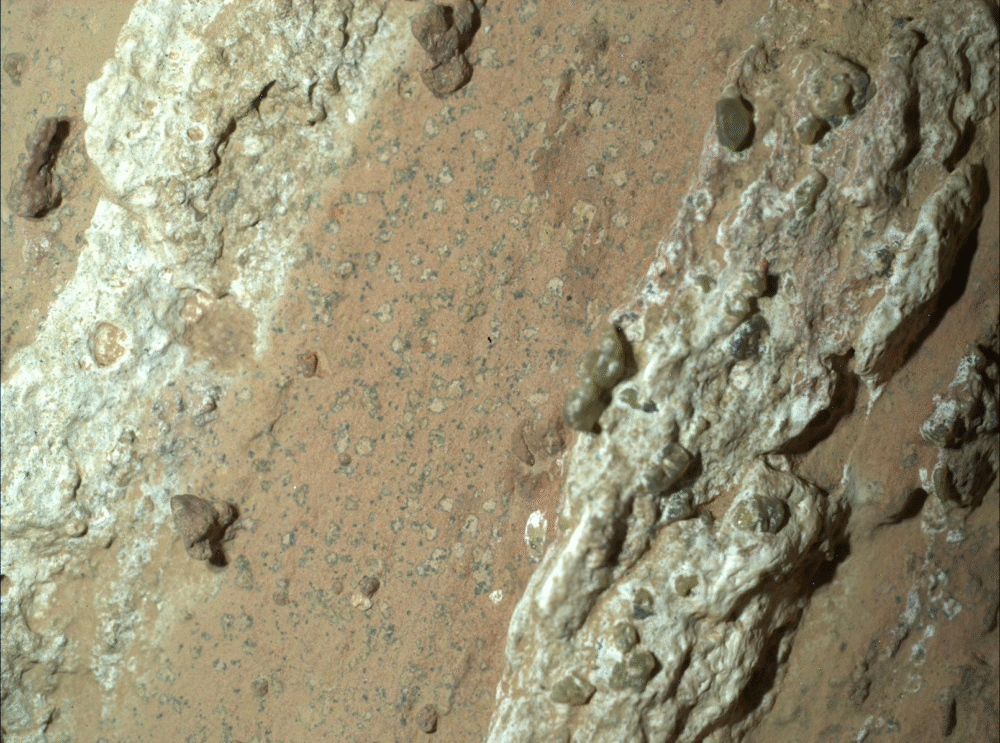
Bright Angel’s layered geology tells a story of sedimentary mudstones and siltstones deposited by flowing and standing water. Some deposits resemble fine-grained sediments that slowly settled out of suspension, while others indicate debris flows and energetic currents. These rocks, shaped by both calm and violent water activity, create an excellent archive of Mars’ watery past.
Strange Textures and Potential Biosignatures
What makes these mudstones stand out are the distinctive textures. Scientists have observed:
- Sub-millimeter nodules resembling “leopard spots” or “poppy seed” clusters.
- Millimeter-scale reaction fronts with darker rims and lighter interiors, showing chemical alteration.
- A mineral composition that includes iron phosphate (likely vivianite) and iron sulfide (likely greigite).
These features were detected using a suite of Perseverance’s advanced instruments, including PIXL, SHERLOC, WATSON, SuperCam, Mastcam-Z, and ground-penetrating radar (RIMFAX). Together, they provide high-resolution chemical, mineralogical, and structural data.
The textures raise scientific curiosity because they resemble patterns formed on Earth by redox reactions—chemical processes where electrons are transferred between substances. On Earth, such reactions in low-temperature, sedimentary environments are often linked to microbial activity. Microbes consume organic matter and drive chemical changes in surrounding minerals, producing textures strikingly similar to those now seen on Mars.
The Role of Organic Carbon
Perhaps the most important detail is the detection of organic carbon in these mudstones. Organic carbon is a key ingredient for life as we know it, although it can form through abiotic processes as well. In the Bright Angel samples, the carbon appears to have participated in post-depositional redox reactions, helping to generate the unusual phosphate and sulfide minerals.
This association of carbon with chemically altered zones suggests that the organic matter wasn’t just sitting passively in the rock. Instead, it actively interacted with its environment. On Earth, this type of interaction is often linked to life-driven processes, though non-biological chemistry can produce similar results under the right conditions.
Why This Matters
Scientists stress that this is not direct evidence of life on Mars. Instead, they classify the features as potential biosignatures. A biosignature is any substance, structure, or pattern that could have been created by life but might also form without it.
The challenge is distinguishing between the abiotic pathways and biological pathways that could have produced these features. Abiotic chemistry can also generate vivianite, greigite, and organic associations. However, the geological context—fine-grained mudstones, water-related deposition, and low-temperature conditions—leans toward an environment where microbial life could have thrived.
For now, the features represent one of the strongest candidates for ancient life signs on Mars. But to move from “potential biosignature” to “confirmed biosignature”, researchers need more data than rover instruments can provide. That’s why the Mars Sample Return mission is critical: only Earth-based laboratories have the sensitivity to fully resolve the question of whether these minerals and textures owe their origins to biology.
The Next Steps
The Sapphire Canyon core sample collected from Cheyava Falls is now sealed and stored aboard Perseverance, awaiting possible retrieval and transport back to Earth in the future. Once here, it can undergo advanced tests such as:
- Isotopic analysis to determine whether carbon ratios match biological patterns.
- Microscopic imaging at resolutions far beyond rover capability.
- Organic chemistry studies to determine the complexity and structure of the carbon.
Until then, researchers are cautious. They acknowledge that Mars has many non-biological processes capable of mimicking life’s chemical fingerprints. Yet, the combination of organic matter, redox-driven mineralization, and the watery sedimentary context makes these findings especially compelling.
A Window Into Mars’ Ancient Environment
These mudstones date back to a period hundreds of millions of years after Mars formed, making them a valuable record of the planet’s environmental history. They provide evidence that Mars once hosted environments with liquid water, organic matter, and chemical gradients—all ingredients considered essential for habitability.
By analyzing features like the Bright Angel formation, scientists can reconstruct not just what Mars was like, but also whether its environments resembled those on early Earth where life first took root.
Why Redox Reactions Are Important
Redox reactions are central to life on Earth. Microorganisms rely on them to gain energy—some use oxygen, others use iron, sulfur, or phosphates as electron donors or acceptors. In Earth’s sedimentary environments, microbial activity often leaves behind distinctive chemical and mineral traces.
Finding similar traces on Mars raises the exciting possibility that life may have once exploited the planet’s redox gradients in much the same way. Even if Mars never hosted life, studying these processes helps clarify how organic matter and minerals interact on other worlds.
Broader Significance of the Discovery
The Bright Angel mudstones highlight a prime strategy in astrobiology: search for signs of life in fine-grained, water-laid sediments where preservation potential is high. Just as Earth’s oldest microfossils and chemical biosignatures are found in sedimentary rocks, Jezero’s mudstones offer the best chance of detecting traces of Martian life.
This discovery also demonstrates the value of combining multiple instruments. No single rover tool could have produced this picture, but together they revealed the geological, chemical, and organic context needed to identify a biosignature candidate.
Extra Background: The Perseverance Mission
Launched in July 2020, Perseverance landed in Jezero Crater in February 2021. The mission’s main goals are to:
- Search for signs of ancient life.
- Collect and cache samples for possible return to Earth.
- Study Mars’ climate and geology.
- Prepare technologies for future human exploration.
Since landing, Perseverance has explored the crater floor, ancient river deltas, and now the Bright Angel region. Alongside it, the Ingenuity helicopter has been scouting terrain, though its primary mission concluded earlier in 2025.
Extra Background: Jezero Crater
Jezero Crater, 45 kilometers wide, was once a lake basin fed by rivers billions of years ago. The delta deposits are rich in clays and carbonates, minerals excellent at preserving biosignatures. That’s why NASA chose this site for exploration—its geology gives scientists the best chance of detecting ancient life.
The Bright Angel formation, with its fine-grained sediments, may represent a lake margin or floodplain environment—similar to areas on Earth where microbial life thrives today.
Extra Background: Potential Biosignatures
It’s important to understand the concept of a potential biosignature. Scientists are extremely cautious about announcing life discoveries, especially after past controversies such as the 1996 claim of fossilized microbes in Martian meteorite ALH84001. A potential biosignature must be carefully tested against all possible abiotic explanations before life is even considered a leading hypothesis.
The mudstone features in Bright Angel fall into this category: suspicious and exciting, but not conclusive. Only with further testing can we move toward confirmation.
The Road Ahead
This discovery highlights the need for continued Mars exploration and especially the Mars Sample Return program, which aims to bring rocks like Sapphire Canyon back to Earth in the 2030s. If analysis confirms that the textures and minerals formed through biological activity, it would be the first definitive evidence of extraterrestrial life.
For now, Perseverance continues its mission, adding new samples and uncovering more of Mars’ geological history. Each finding, like the Cheyava Falls mudstones, brings us one step closer to answering one of humanity’s oldest questions: are we alone in the universe?
Research Reference: Redox-driven mineral and organic associations in Jezero Crater, Mars – Nature (2025)

